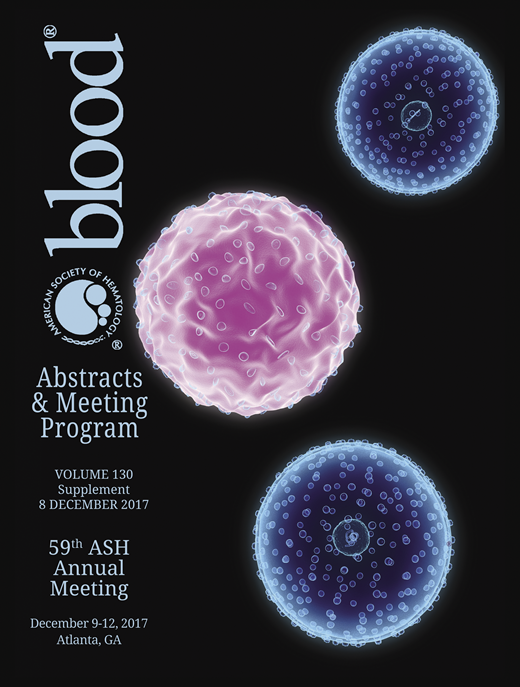Abstract
The adoptive transfer of chimeric antigen receptor (CAR) expressing T cells targeting the CD19 antigen induces remission in 70-90% of pediatric patients with relapsed and/or refractory acute lymphoblastic leukemia (ALL). Despite initial enthusiasm, emerging data indicate the durability of remission is limited in a substantial number of patients, therefore, addressing relapse will be critical for increasing the clinical efficacy of CAR T cell therapy. CARs are synthetic receptors designed to redirect the antigen specificity of T cells while recapitulating the T cell activating properties of the endogenous T cell receptor (TCR). Clinical and pre-clinical observations have demonstrated that CAR T cells have inferior sensitivity to low levels of antigen and have diminished persistence in vivo compared to T cells responding to TCR activation. These observations suggest the CAR does not fully replicate the signaling of a TCR which subsequently leads to suboptimal T cell function which may underlie the inability of CAR T cell therapy to induce durable remissions in a significant number of patients.
In these studies, we directly compared the in vivo and in vitro consequences of CAR versus TCR activation, as well as the signal transduction of each of these receptors. To accomplish this, we created a novel, syngeneic model system in which a 2nd generation CAR is introduced into OTI TCR transgenic T cells to generate a population of T cells (CAR-OTI cells) in which each cell recognizes the CD19 antigen via its CAR as well as the ovalbumin (OVA) antigen via its TCR, thus providing a model in which the function and signaling of each receptor could be studied within a uniform population of T cells. To stimulate either the CAR or the TCR, we generated antigen-expressing cell lines from the pre-B ALL cell line, E2aPbx, that expressed either the cognate antigen for the CAR (CD19), the TCR (OVA) or both. These cell lines allowed us to stimulate either receptor in a model which preserved the properties of the cell-to-cell interactions expected in vivo . We validated the activity of each receptor in this model, by demonstrating similar in vitro degranulation, proliferation and target cell lysis in CAR-OTI cells upon co-incubation with CAR-antigen or TCR-antigen positive E2aPbx cells. Despite the similarities seen in vitro, CAR-OTI cells adoptively transferred into mice with established E2aPbx leukemia demonstrated enhanced expansion at 4 (p<0.001) and 6 days (p<0.01) post-infusion in TCR-activated CAR-OTI cells, relative to CAR-activated CAR-OTI cells. Likewise, clearance of leukemia from the bone marrow (p<0.001) and survival (p<0.01) were each superior in mice in which CAR-OTI cells were activated through the TCR, relative to the CAR. These results demonstrate the significant difference in in vivo behavior and efficacy of CAR- versus TCR-mediated T cell activation, and suggest these differences may result from differences in the signals generated by each receptor.
Using our model of CAR-OTI cells and E2aPbx cells expressing either the CAR- or TCR-antigen, we interrogated proteins in the canonical TCR signal transduction cascade after CAR or TCR activation. We demonstrated that CAR activation resulted in increased and prolonged phosphorylation of Zap70, a kinase central to canonical TCR signal transduction. Despite the increased activation of Zap70, the CAR signal demonstrated diminished activation of the MAPK family members, Erk (p<0.001) and p38 (p<0.05), which correlated with the diminished in vivo efficacy seen in this model. Furthermore, this model was used to define the global phosphoproteome of CAR- and TCR-activated CAR-OTI cells by a Stable Isotope Labeling with Amino Acids in Cell Culture (SILAC) methodology in conjunction with mass spectrometry (MS). Our SILAC-MS analysis demonstrated multiple differences in the signal transduction cascade of CARs relative to TCRs, including proteins of the signalosome as well as the NFAT and NF-kB pathways. These data demonstrate that a CAR generates an "altered" signal, relative to that of a TCR, correlating with diminished in vivo expansion and efficacy in the treatment of established leukemia. These findings underscore the need to better understand the biology of chimeric antigen receptors as a means of rationally altering their design to improve their clinical effectiveness in mediating durable remissions in patients with relapsed/refractory ALL.
No relevant conflicts of interest to declare.
Author notes
Asterisk with author names denotes non-ASH members.

